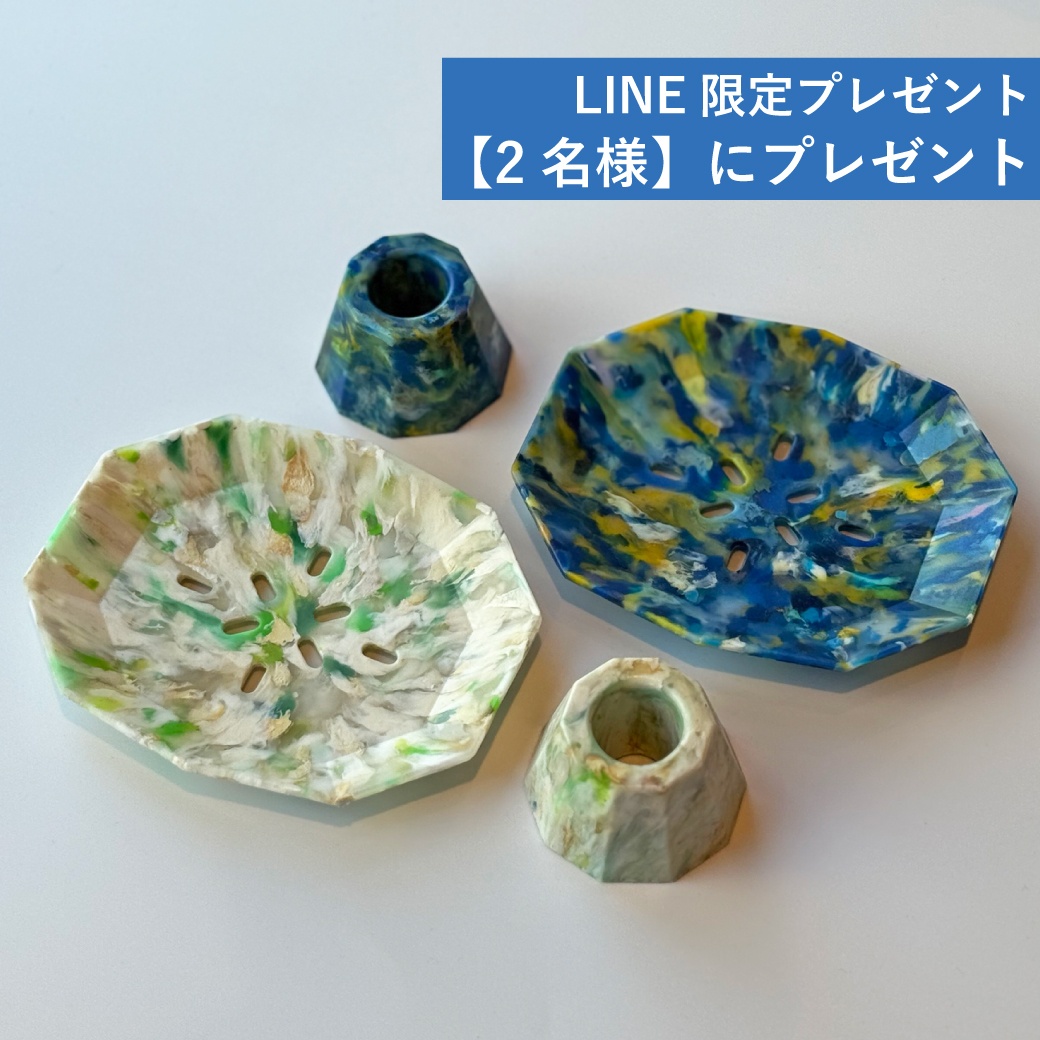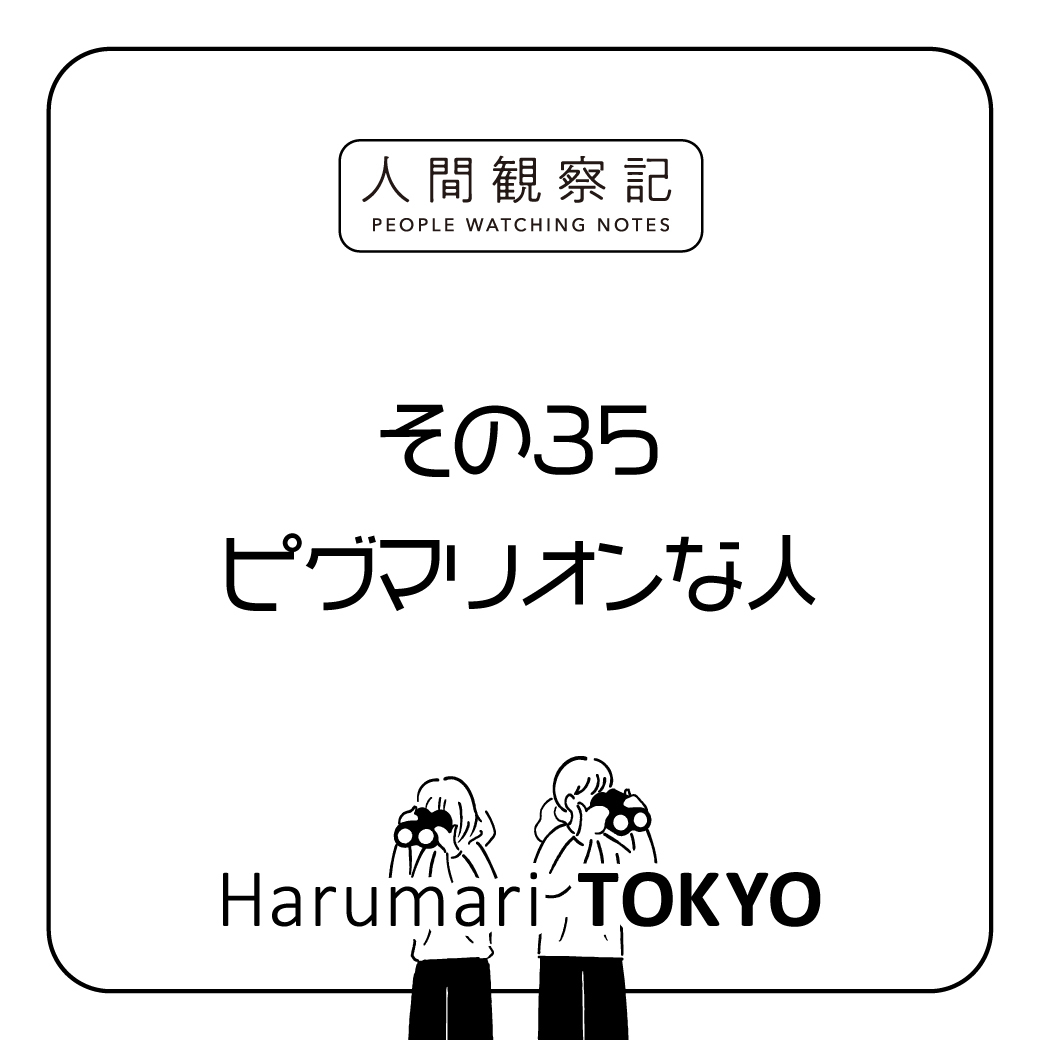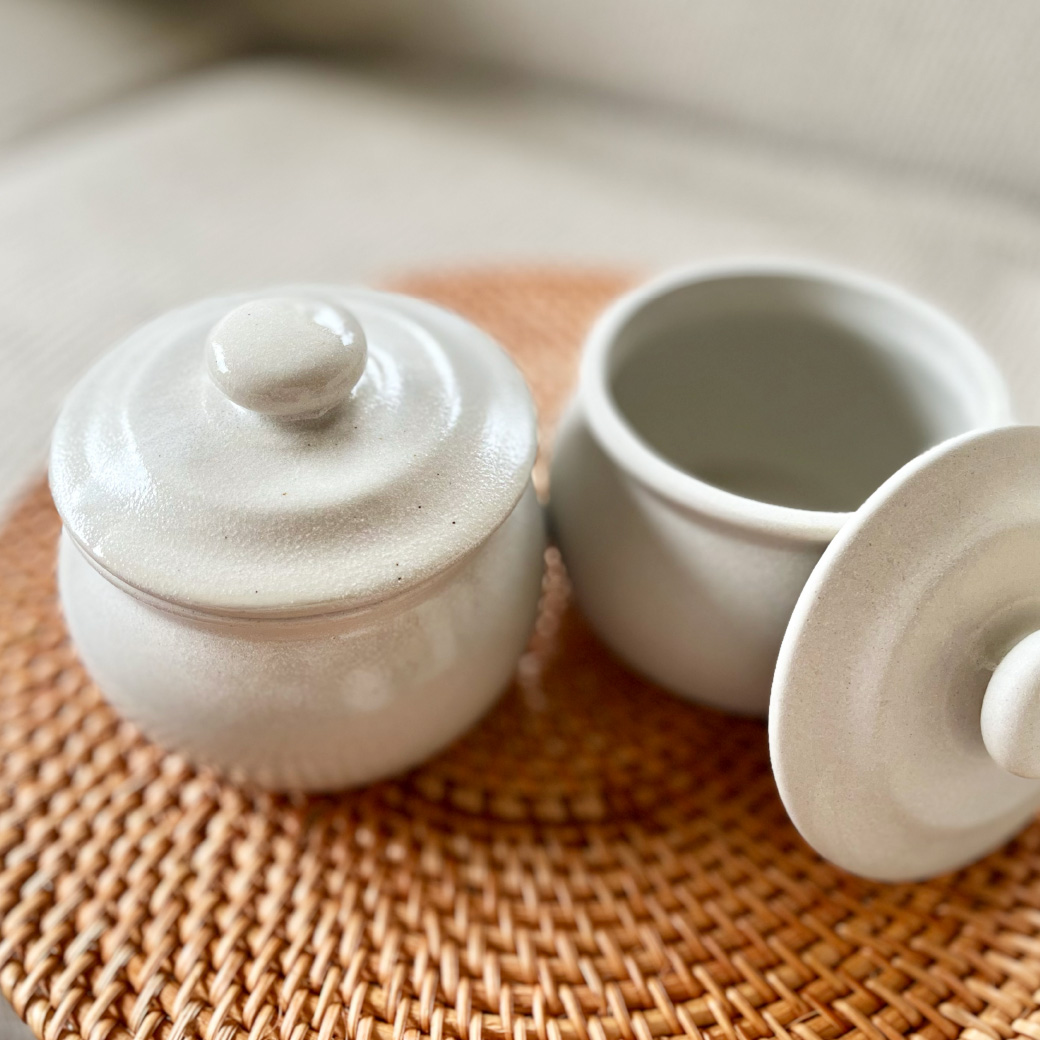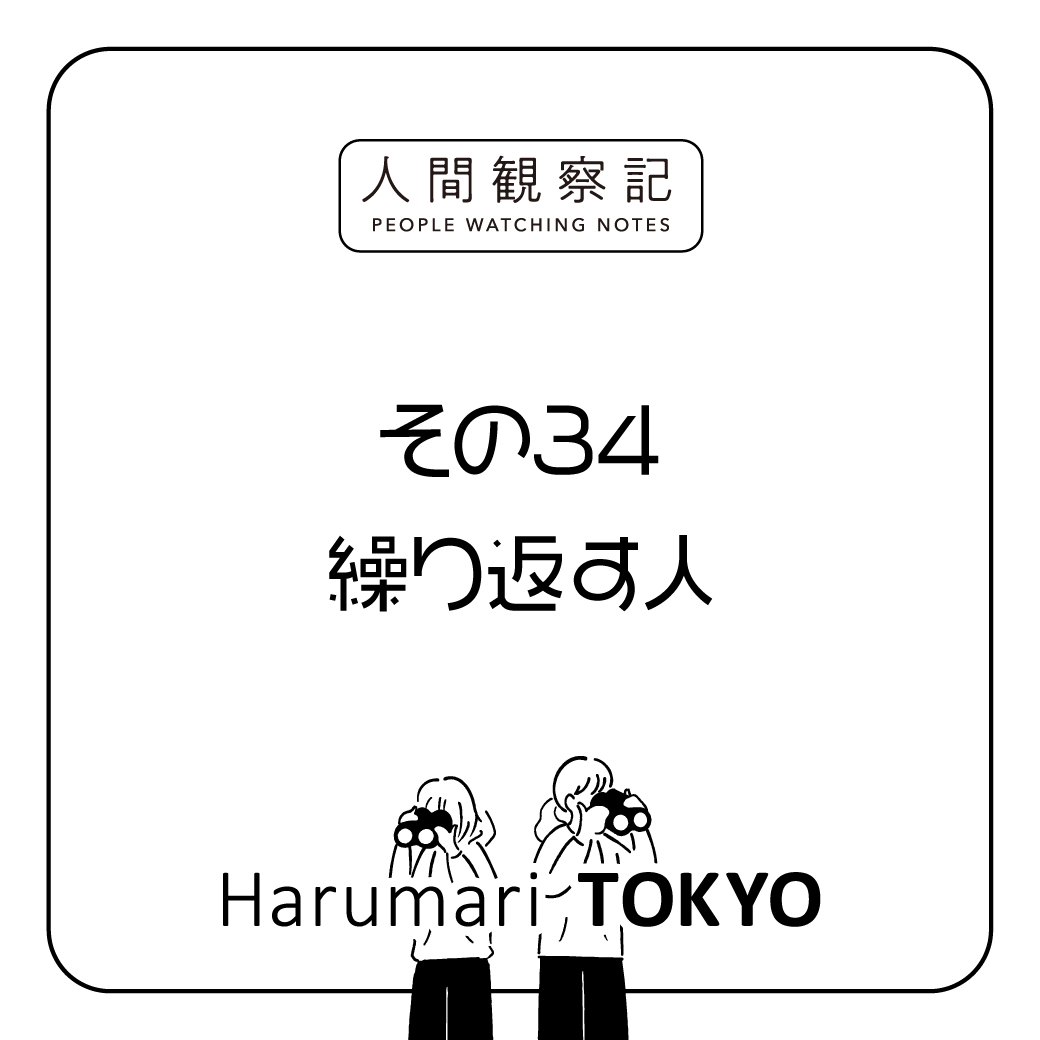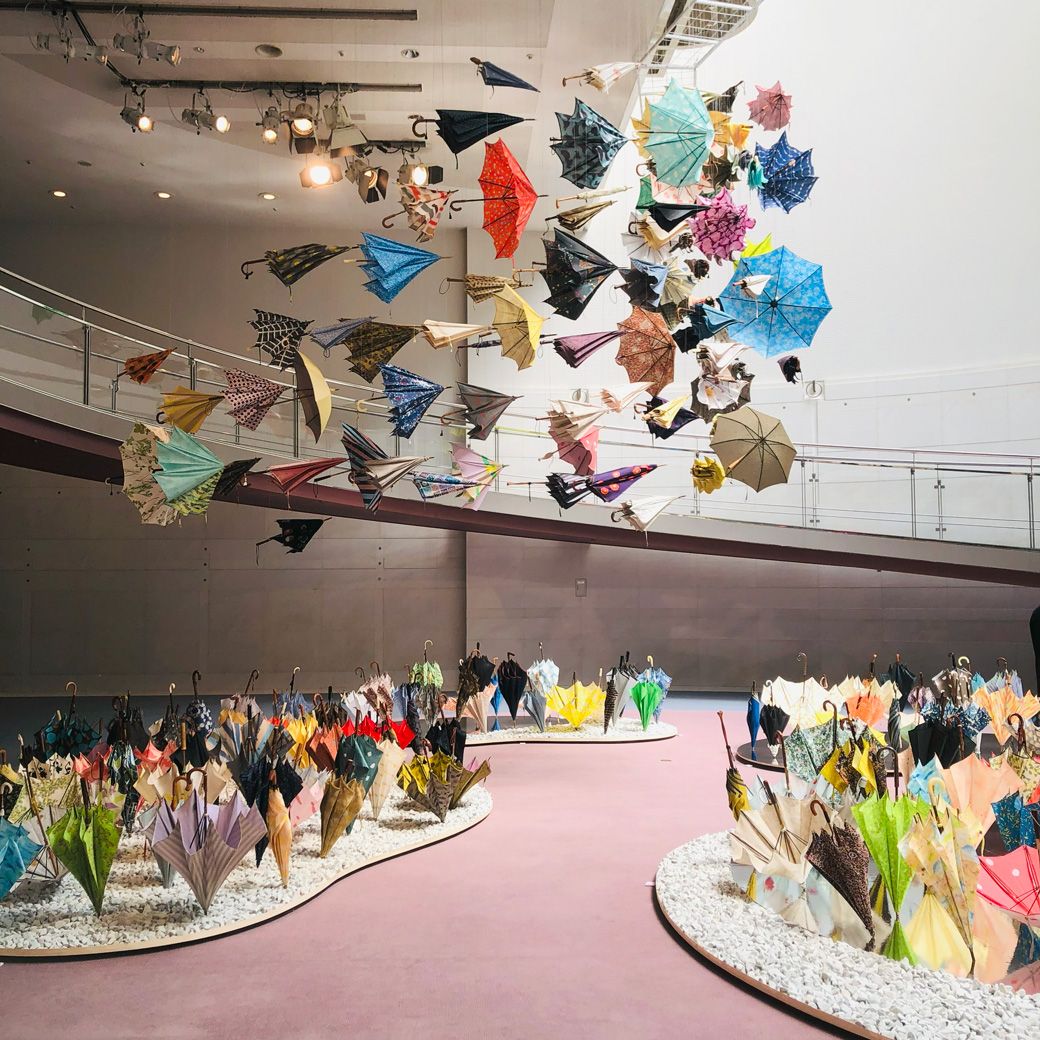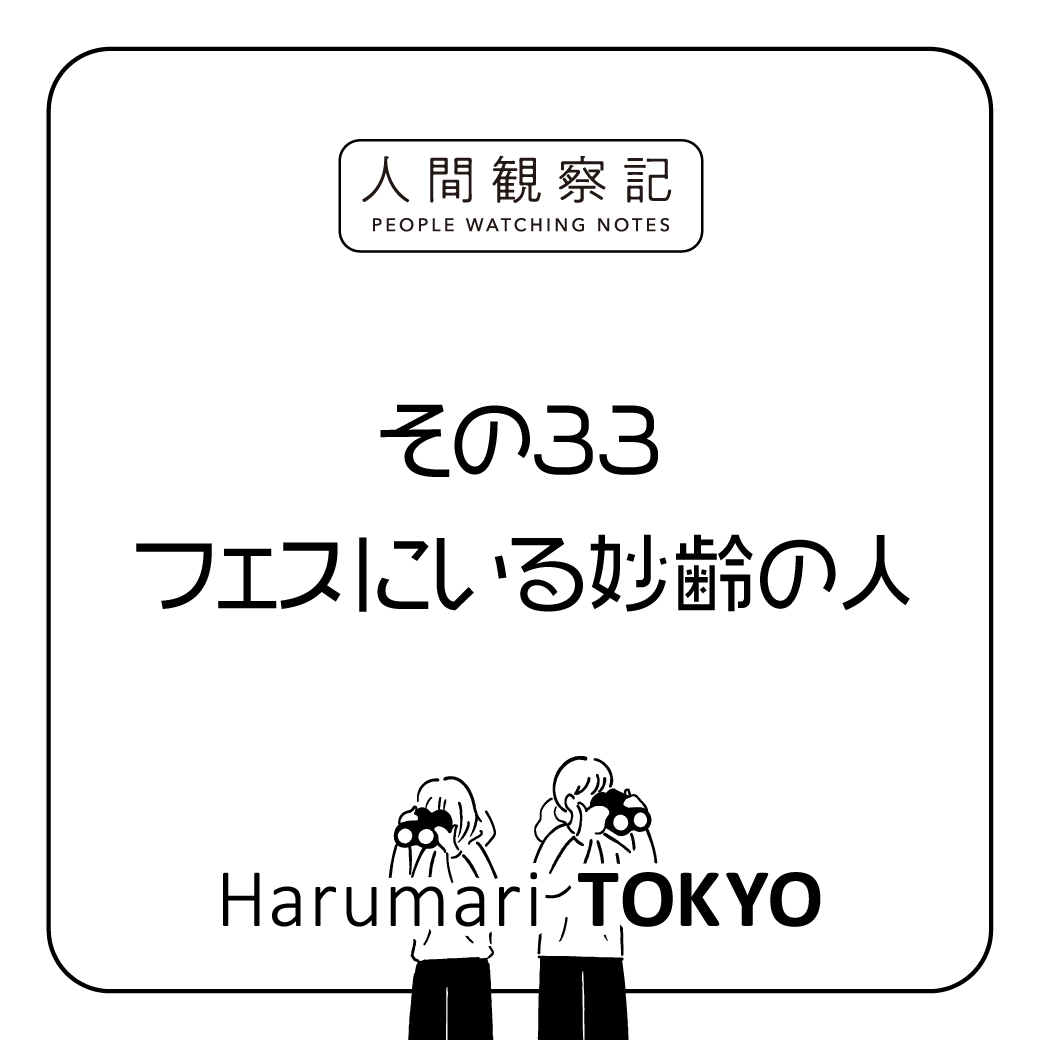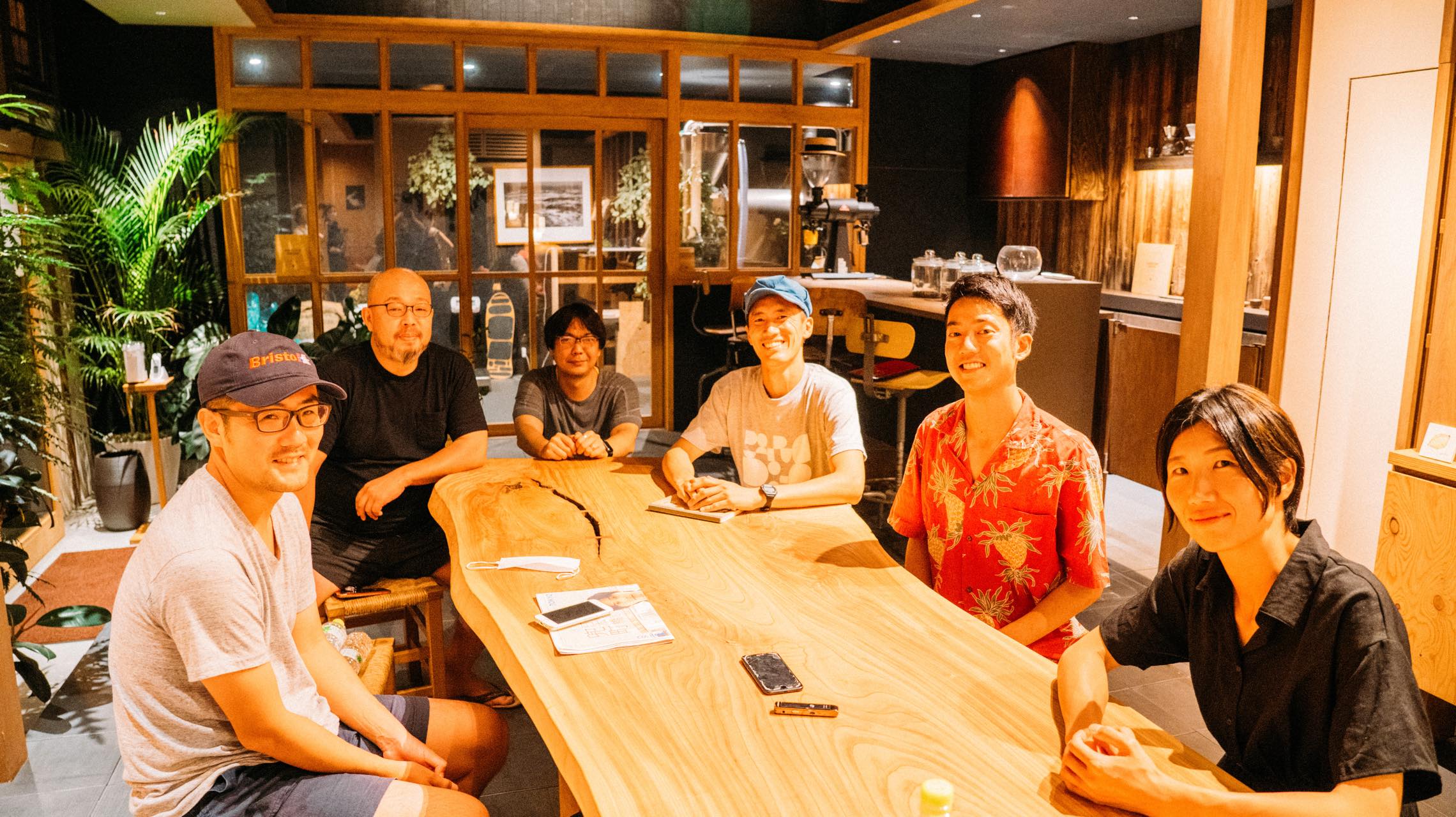
VOL.9 SPECIAL TALK | Working, Learning, and Living in ONOMICHI
Why do people choose to live in Onomichi City and Setoda on Ikuchijima in Hiroshima Prefecture, and what connections do they have, and what do they feel in their daily lives? Led by our magazine’s editor-in-chief, Akimitsu Shimazaki, we held a roundtable discussion with five residents of Onomichi and Setoda.
Profiles of Roundtable Participants
(Clockwise from the front left in the image)
Atsushi Matsuzaki
Representative of the web marketing company “Sekai Shimbun.” Moved to Onomichi in 2021.
Hidekazu Kan
Owner of the lemon farm “Tatemichi-ya.” Moved to Setoda to start farming in 2013.
Akimitsu Shimazaki
Editor-in-Chief of Harumari TOKYO. Resident of Tokyo
Tetsunari Takano
Secretary of Onomichi Freedom University, Operations Department of Mirai no Kodomoya, and Representative of KTRUCK LLP. Moved to Onomichi in 2015.
Ryodai Kobayashi
As the “younger brother” of Shiomachi Brothers, involved in the opening of SOIL SETODA. Since 2020, living between Ikuchijima Setoda and Tokyo.
Shoko Nagamitsu
Representative of Feast Forest Project Ikuchijima Gochisou no Mori, an initiative themed around creating a lifestyle from the forest. Has been living in Ikuchijima Setoda for 11 years after relocating from Osaka.
The colors of the city changing with the seasons become the vitality to live each day.
First, I would like to hear about the environment. What is it that makes you feel comfortable living here?
I have traveled around the world and visited 50 countries, and I particularly love cities with a view of the sea. In that regard, Onomichi is great because it has the sea and the sunlight is very strong. It’s tough without sunglasses, but I love being able to constantly feel the power of the sun. I think it’s enriching to just go outside and feel that energy.
Indeed. There might be a reason why farmers are so energetic here. Another thing about the difference between Onomichi and Setoda on Ikuchijima is that Setoda is beautiful with its seasonal colors. This is mainly because the mountains are full of citrus trees. Typically, winter is associated with bare trees after the leaves have fallen. But here in winter, you can see the citrus fruits coloring the trees and farmers busily transporting these colors in their trucks. In spring, the mountain cherry blossoms bloom, in summer, there’s the sunlight and greenery, and in autumn, you have the fall foliage. The scenery changes with the seasons, and that’s wonderful.
Moreover, all of this is within a short distance.
Exactly. I believe that’s what contributes to Setoda’s beauty and its delicious agricultural products. So even in the countryside, there’s always something to see and do, so it never gets boring.
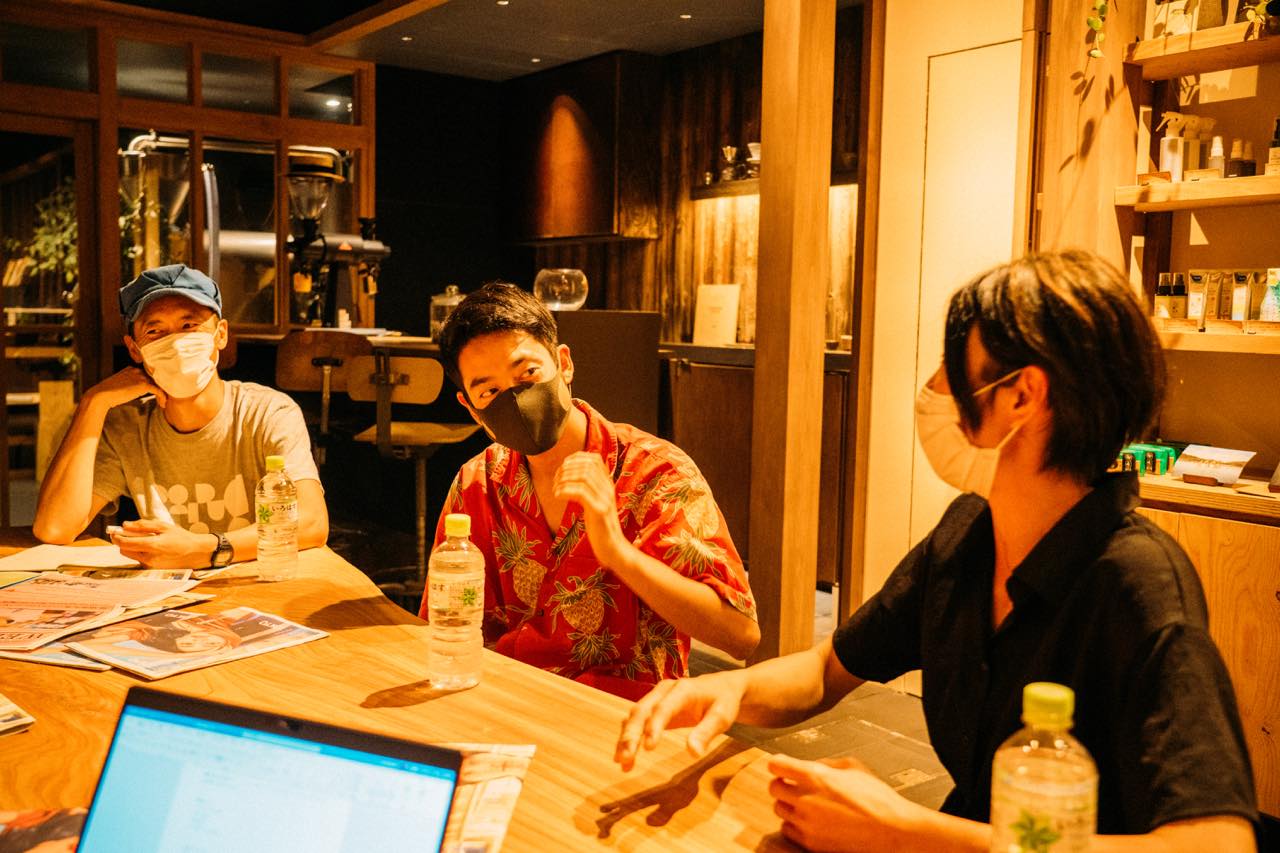
How is the social interaction in Onomichi and Setoda?
During our long-term stay and interviews in the Onomichi area, we often hear that “the people are nice.” Personally, I’m very curious about the reason. Why do you think so many attractive people are drawn to this city?
There really are many different communities here. There are people who love music, those who appreciate art, many travelers, and also a lot of newcomers. I think it simply appears that way because there are many opportunities to interact with people in daily life.
Additionally, there are many quirky and standout individuals here. I guess I shouldn’t be the one saying that about myself though.
I moved to Setoda from Osaka 11 years ago, and I like to think of myself as one of the early adopters of relocation (laughs). Being a port town, I feel like there’s a fundamental culture of accepting external influences. For example, it’s common to see people casually striking up conversations with travelers. Many people here are able to maintain a comfortable distance, creating broad yet shallow connections in a good way.
Additionally, in a good way, people here tend to be indifferent to others. When someone starts something new, of course, being a small community, rumors spread, but there are few who criticize. This indifference creates a sense of comfort, and there’s also a feeling of being warmly watched over. Compared to other places, I feel that this environment makes it easier to take on new challenges.
Another thing that we from Tokyo notice is that there is a lot of interaction between different industries here, such as in gatherings like this, and it seems that people are inspiring each other. This is something you don’t see as much in Tokyo.
Yeah, usually in the countryside, it’s mostly farmers or certain types of jobs and industries. But this area is a bit unique. There’s shipbuilding, agriculture, regular jobs, and creative work like what you guys do. So, there are a lot of different communities, and it’s probably easier to find a place where you fit in.
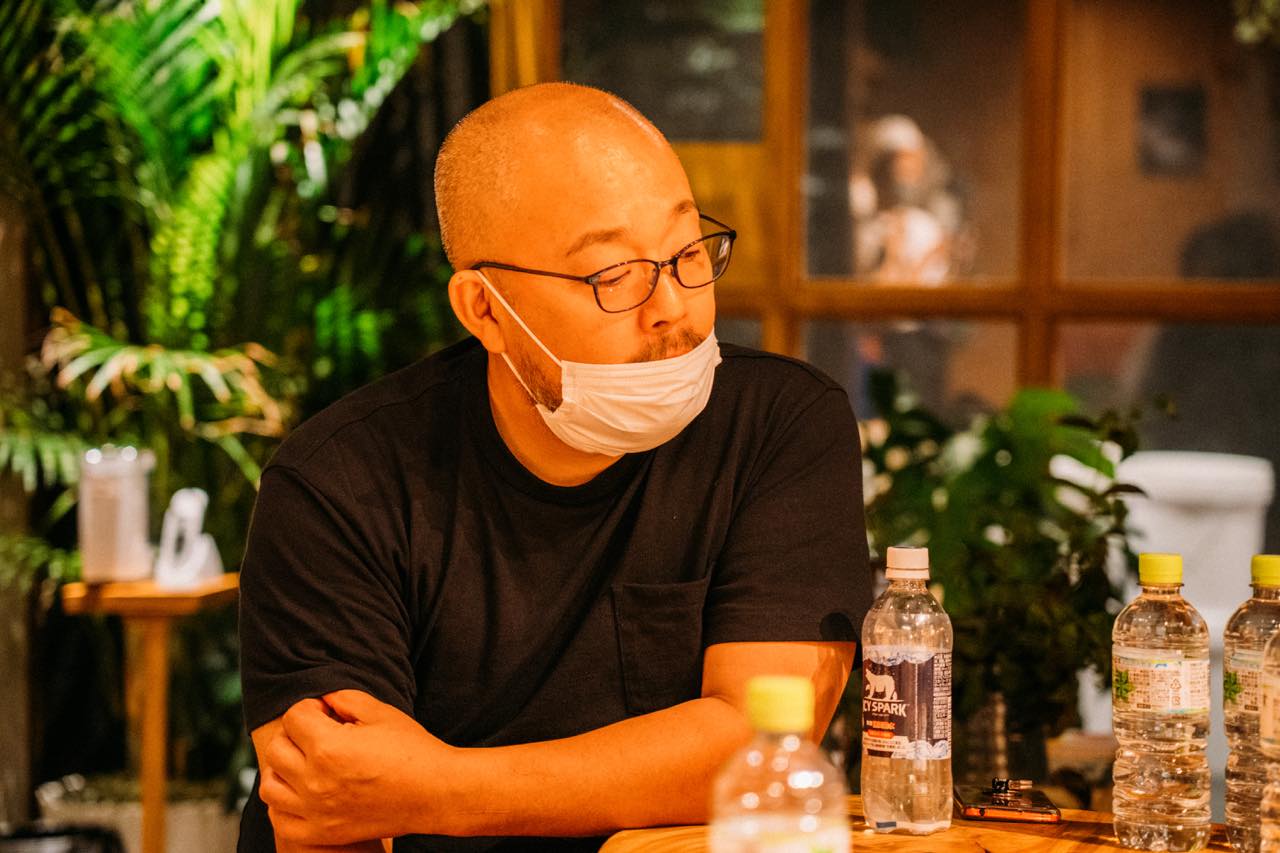
There’s so much to do in my free time.
How do you all balance work and private life?
It’s like 9 to 1, with 9 being work. Actually, there’s not much of a boundary between work and private life. And that 1 is more family time than personal time.
For me, it’s more like 7 to 3. The Onomichi area seems to have a lot of sole proprietors like us. So, when I need to ask for help with work, I don’t go to a company; instead, I directly contact people I know, like “Suga the Lemon Guy” or “Matsuzaki the Web Marketing Guy.” So, it’s always work but also personal. The on and off blend nicely together.
Most people working in urban areas seek something out of the ordinary in their private lives. For example, if someone living in Tokyo goes fishing, it’s a big event for them.
It’s like they’re living for their days off.
The kind of environment that people living in cities seek for their leisure time is part of our everyday life and work. During work commutes, we can notice and appreciate things like “Oh, the weather is nice today.” These small moments are part of our daily routine. Because we’re not cramming our schedules, even if we’re working 9 to 1, it doesn’t become stressful.
n the city, people tend to seek that kind of change of pace in something out of the ordinary. Or they end up just spending money to relieve stress.
That’s why I think saunas have become so popular. People are always tense, so they seek ways to relax. I think that’s what they mean by “totonou” (feeling aligned and refreshed), and many people were subconsciously craving that. Good ideas often come when you relax.
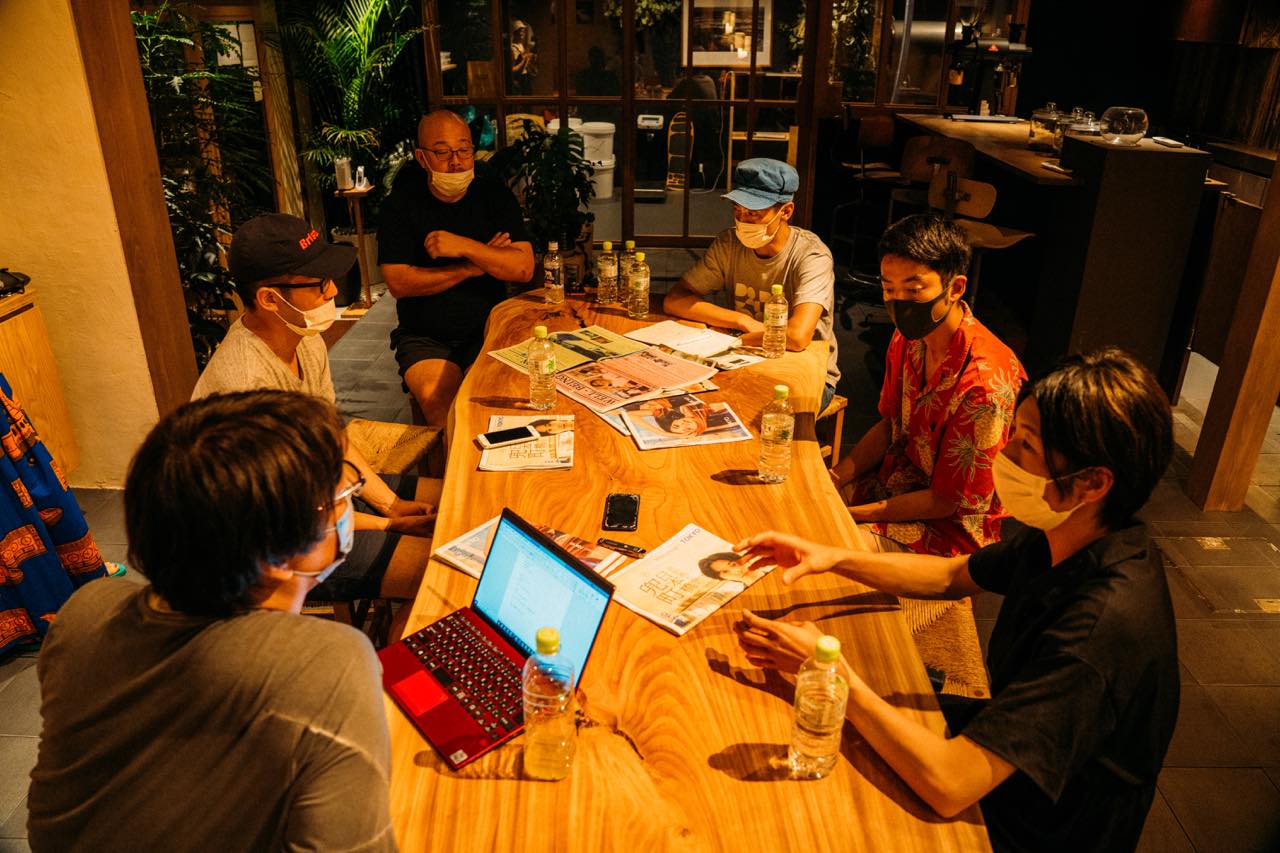
How can we make the Onomichi area a second town?
What do you think would be the deciding factors for someone to want to make the Onomichi area their second town?
I think it’s about having a place where you feel you belong. Whether it’s an izakaya, a bar, or helping out on a farm, if there’s a place where people say “Glad to see you,” it becomes your place. It could even be through work, like with Kobayashi-kun and his hotel business. Having a place where you belong could be the reason to visit Onomichi.
The charm of the Onomichi area is that it’s compact and easy to meet people. There are also a lot of helpful people like us who enjoy connecting others. As long as you have clear interests, I think you’ll naturally find a place where you belong. I hope you’ll visit multiple times to find such a place.
Conclusion――
What struck me about them is that each person is recognized as an individual while being connected. This is possible because each of them is truly independent, and their actions, driven by their own desires and pursuit of happiness, are creating new communities. If you can find your own axis, this town will surely embrace you. Searching for a second town begins with reexamining your own way of life.
Special Thanks to:Soil Setoda
Photography:Moronnon:もろんのん
Interview & Writing:Marina Haga(Harumari TOKYO)

